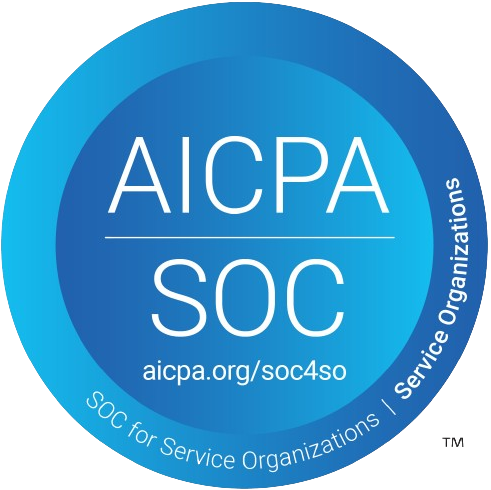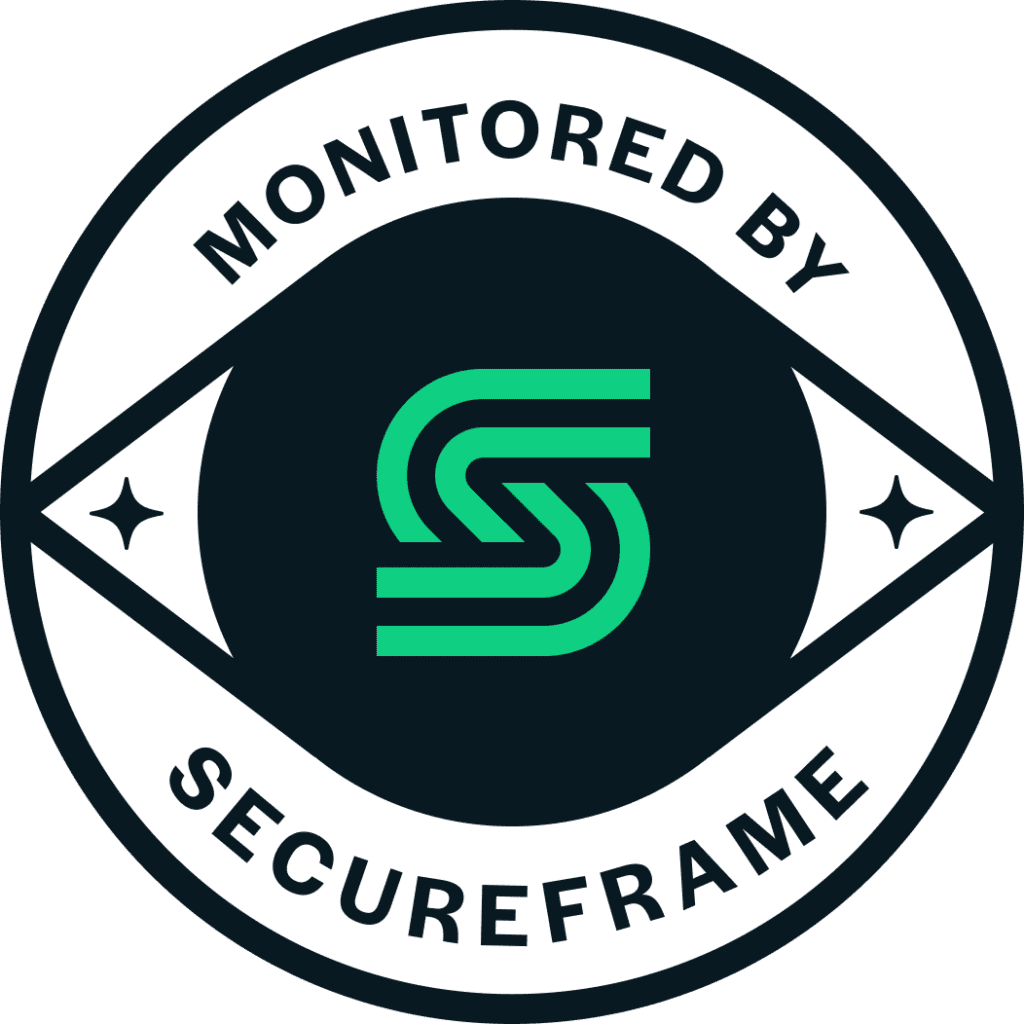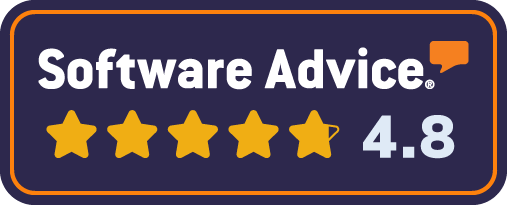The days of one-size-fits-all learning experiences are over. With a new generation that’s completely digitally native, it’s even more important to highlight and prioritize personalized learning. Corporate learning & development teams are constantly seeking innovative approaches to tailor workforce education and training programs. But how do you create and maintain an enhanced learning experience that can handle the test of time? Maybe it’s time to enhance learner profiling in your upskilling ecosystem.
Take it One Step at a Time
Current corporate training is often focused on getting employees up to speed in the shortest time possible. While in theory there isn’t anything wrong with this idea, the reality is that employees end up retaining about 10% of what they read, and 20% of what they hear or see. According to Loma Linda University School of Medicine, “employees need to learn in multiple ways and utilize their learnings to promote new learning through relational learning.” Without taking the time to understand the context and actually putting it to practice, you aren’t going to experience any real return on investment.
This is where a planful learning profiling effort comes in. Instead of bombarding employees with a fire hose of information, you can gradually deliver bite-sized learning over time, which gradually generates more data about learners over time, which can serve as a progress indicator for your employees, and valuable data for your company.
Take it Personally
With more detailed and specific information about your learners, L&D teams can easily create sets of highly customized learning paths that cater to individual strengths, weaknesses, preferences, and goals. By adding this method to your overall L&D approach, you increase both knowledge retention and overall employee buy in towards corporate learning.
We think you already know this, but it’s also a given that when your learning plans are more personalized and catered to different audiences, your employees will be more engaged, thus increasing overall knowledge retention rates within your organization.
If you’re in the L&D space, you’ve definitely heard of the “Forgetting Curve”, and know that most knowledge is forgotten – 56% in the first hours, 66% after one day, and 75% after six.
This is why overall engagement is essential to your knowledge strategy. It’s much easier to remember something you’ve seen, processed, and interacted with. Interactive content is just as important in this equation. Interactive content helps learners stay engaged, and the data generated from these experiences can be added to employee profiles, progressively over time.
The work is never done
Even after you’ve created and implemented your progressive profiling strategy in tandem with your development of interactive content, there’s really no time to rest. Be sure to regularly review and refine data collection points and analyze methods to ensure your strategy is aligned with evolving learning goals and organizational objectives. While learner profiling is by no means future proof, it can be your strongest asset through consistent optimization.
If you’re interested in learning more about learner profiles, micro-learning, and engaging your employees, let us know.







